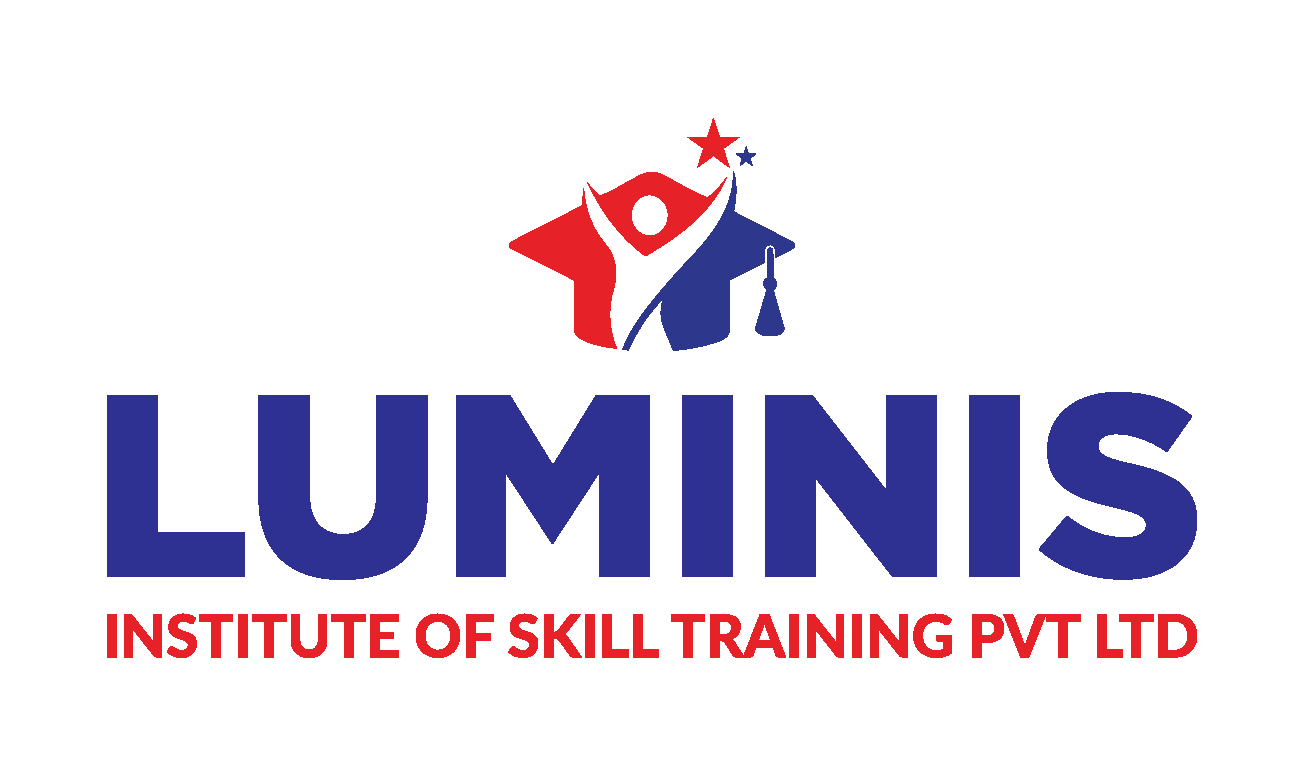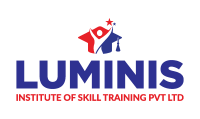Welcome to a fascinating exploration of the future of medical documentation and the pivotal role that medical scribing is playing in leading the way. In the fast-paced world of healthcare, accurate and efficient documentation is crucial for providing optimal patient care. However, traditional methods of documentation have often proven to be time-consuming and prone to errors. This is where medical scribing steps in as a game-changer, revolutionizing the way healthcare professionals document patient encounters. Join us on this journey as we delve into the exciting world of medical scribing and its potential to transform the landscape of medical documentation.
The Challenges of Traditional Medical Documentation
Before we delve into the future, let’s first understand the challenges that traditional medical documentation methods pose. Lengthy and error-prone documentation processes have long been a pain point for healthcare providers. The time-consuming task of physicians taking notes during patient visits often distracts them from providing focused care. Additionally, errors in documentation can lead to adverse outcomes and legal implications. These challenges highlight the need for a more efficient and accurate approach to medical documentation.
What is Medical Scribing?
Medical scribing involves the use of trained professionals to assist healthcare providers in documenting patient encounters. These professionals, known as medical scribes, work alongside doctors, nurses, and other healthcare practitioners to accurately record patient information, including medical history, symptoms, and treatment plans.
Benefits of Medical Scribing
Medical scribing offers several benefits that contribute to improved patient care and overall efficiency in healthcare settings. Some of the key advantages include:
1. Enhanced Accuracy
Medical scribing is a game-changer when it comes to accurate and comprehensive documentation of patient encounters. By working alongside healthcare providers, scribes can capture important information about patient histories, physical examinations, and treatment plans in real-time. This leads to improved patient care and better communication among healthcare professionals. With accurate documentation, healthcare providers can make informed decisions about patient care, leading to better outcomes.
2. Increased Efficiency
Are you tired of spending hours on documentation tasks? Medical scribing offers significant time savings for healthcare providers. By handling documentation tasks, scribes free up valuable time for healthcare providers to focus on direct patient care. This improves workflow efficiency and reduces administrative burden. With more time to see patients, healthcare providers can reduce wait times and improve access to care.
3. Improved Workflow
With the assistance of scribes, healthcare providers can work more efficiently and effectively. By delegating documentation tasks to scribes, healthcare providers can focus on direct patient care and collaborate more closely with other members of the healthcare team. This ultimately leads to better coordination of care and improved patient outcomes.
4. Better Patient Experience
Patients are at the heart of everything healthcare providers do. With the help of scribes, healthcare providers can spend more quality time with patients. This allows them to address patient concerns and answer questions in a timely and thorough manner. Patients appreciate the personalized attention they receive from their healthcare provider, leading to increased patient satisfaction and better overall healthcare experiences.
The Future of Medical Documentation
As technology continues to advance, the future of medical documentation looks promising. One of the key trends that are shaping the future of medical scribing is the integration of artificial intelligence (AI). AI-powered tools are being developed to assist medical scribes in real-time documentation. These tools can automatically extract relevant information from patient encounters, saving time and improving accuracy.
Another trend that is gaining traction is voice recognition technology. Voice recognition technology is becoming increasingly sophisticated, allowing medical scribes to dictate patient information directly into electronic health records (EHRs). This eliminates the need for manual data entry and further enhances efficiency.
With the rise of telemedicine and remote healthcare services, the concept of remote medical scribing is gaining traction. Medical scribes can assist healthcare providers remotely, further improving efficiency and reducing costs.
As we look ahead to the future of medical documentation, it is clear that medical scribing is leading the way towards a more efficient and effective healthcare system. By addressing the challenges of traditional documentation methods and leveraging technological advancements, medical scribing is revolutionizing the landscape of medical documentation. With improved accuracy, increased productivity, and enhanced patient care, medical scribing is set to reshape the future of healthcare documentation. Embrace this transformative practice as it paves the way for a brighter future in medical documentation and patient outcomes.

